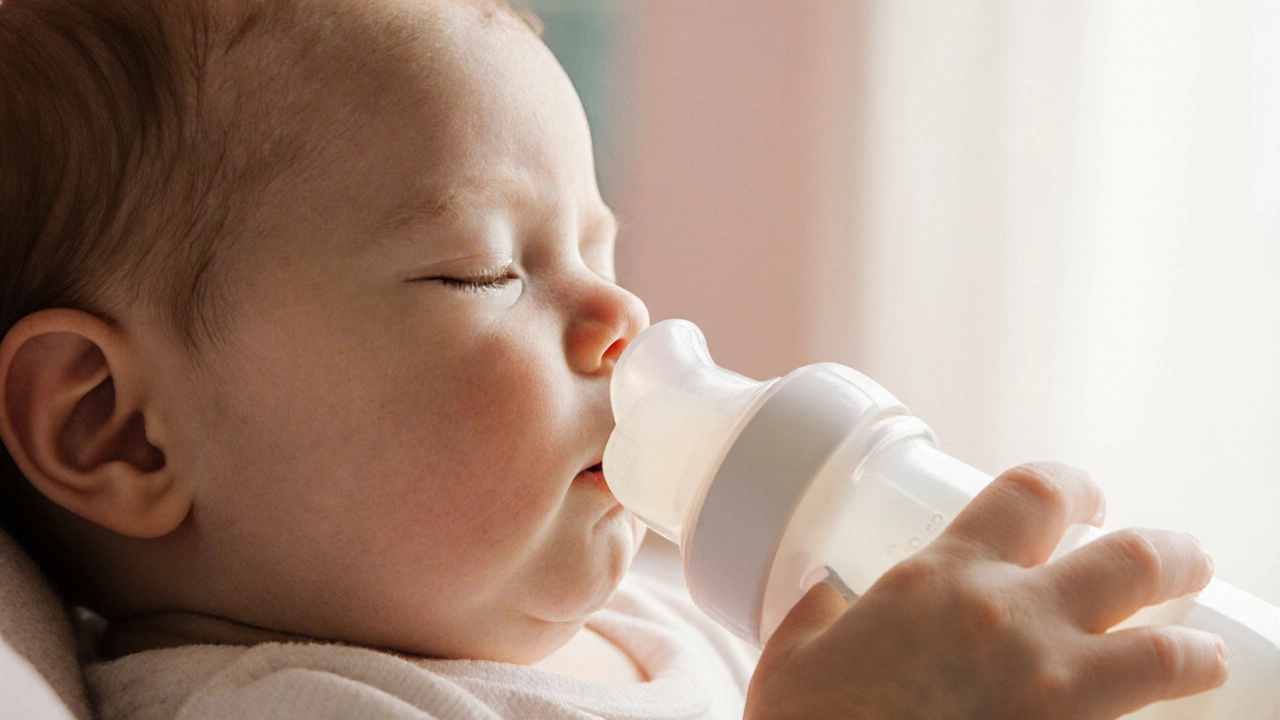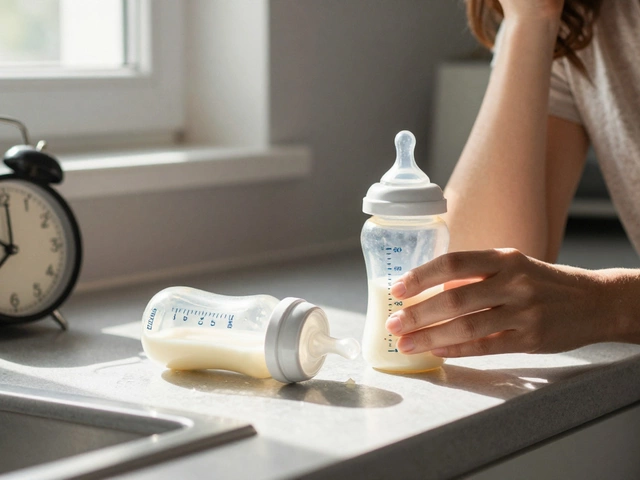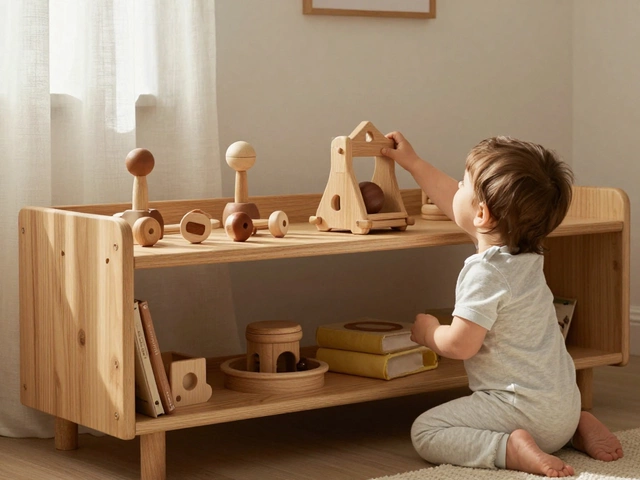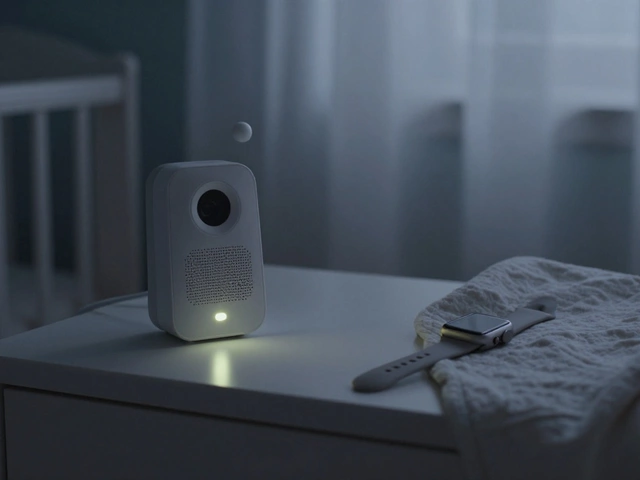Anti-Colic Bottles: Simple Guide to Calm Feeding
If your baby seems fussy after bottles, an anti‑colic bottle might be the fix you need. These bottles are designed to stop air from getting into the milk, which means less gas, less spit‑up, and a happier baby. Below we’ll break down why they work and how to pick one that fits your routine.
What Makes a Bottle Anti‑Colic?
Most anti‑colic bottles have a vent system that lets air flow into the bottle while the baby drinks. That tiny vent stops a vacuum from forming, so the milk keeps moving smoothly and the baby doesn’t have to suck harder. Look for these common features:
- Air‑flow valve: A silicone or plastic valve at the base that releases air as milk is drawn out.
- Angled nipple: A nipple that sits at an angle helps milk fill the nipple chamber and reduces gulping.
- Wide‑neck design: Makes cleaning easy and prevents milk residue from building up.
- Flow control: Most bottles offer slow, medium, and fast flow options so you can match your baby’s age.
When these parts work together, the baby gets a steadier stream of milk and swallows less air. Less swallowed air means fewer tummy aches and less crying after feeds.
Tips for Using Anti‑Colic Bottles
Getting the most out of an anti‑colic bottle is about more than just buying one. Try these practical steps:
- Check the nipple orientation: Make sure the nipple is pointing upward and isn’t tilted backward. This keeps the vent open.
- Prime the bottle: Fill the bottle, turn it upside down, and let a few drops of milk run through the nipple. This removes any trapped air before the first feed.
- Hold the bottle at a 45‑degree angle: This keeps the vent from getting blocked and lets milk flow without creating a vacuum.
- Warm the bottle gradually: Sudden temperature changes can tighten the vent seal. Warm the milk in a bowl of warm water or a bottle warmer.
- Clean after every use: Disassemble the vent and nipple, wash with hot, soapy water, and rinse well. A stuck vent defeats the anti‑colic design.
If your baby still seems unsettled, try switching the flow size. A slower flow gives the baby more time to swallow and breathe between sips.
Remember, no bottle can completely eliminate colic—sometimes the cause is unrelated to feeding. But an anti‑colic bottle can cut down on the air‑swallowing factor that makes many babies uncomfortable.
When you’re shopping, compare popular brands like Dr. Brown’s, MAM, and Philips Avent. Read a few user reviews to see how real parents rate the vent performance. Most stores let you test the weight and feel, so pick a bottle that feels comfortable in your hand.
Finally, keep the feeding routine calm. Sit in a quiet spot, hold your baby close, and pause if they start to gag. A relaxed environment works hand‑in‑hand with the anti‑colic technology to give you both a smoother feeding experience.
With the right bottle and a few simple habits, you’ll notice fewer fusses, smoother burps, and more smiles at the end of each feed. Give it a try and see how much easier feeding can become.

Best Baby Bottles That Feel Like Breastfeeding - 2025 Guide
Discover the top breast‑like baby bottles of 2025, learn key features, compare popular models, and get practical tips for a smooth bottle‑to‑breast transition.
view more




